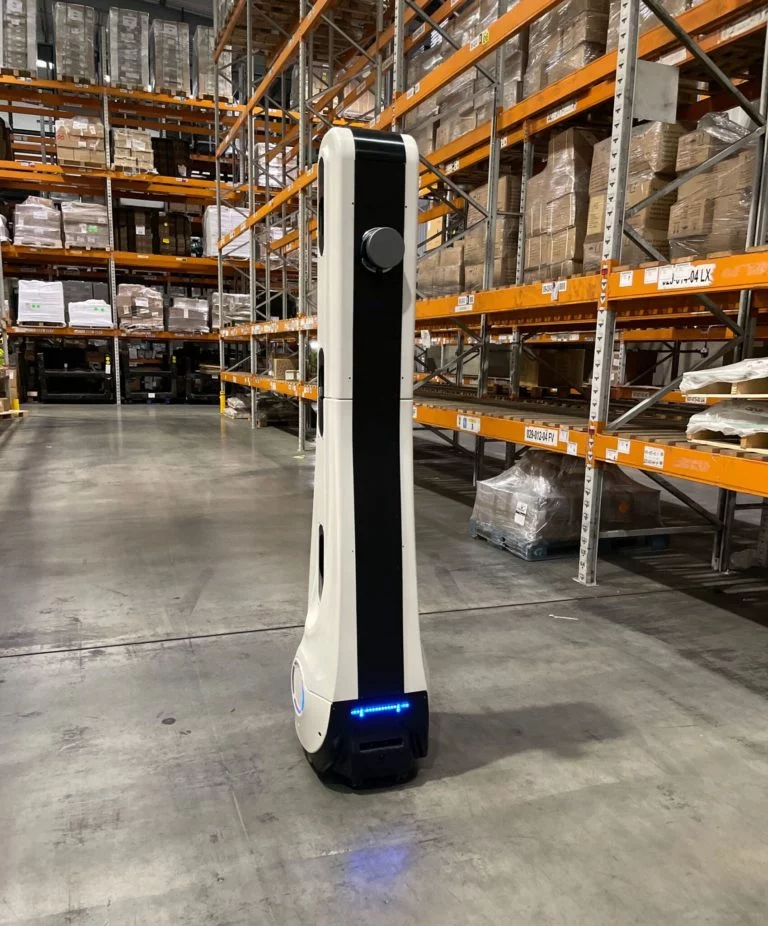Big data presents supply chain and warehouse managers with an unprecedented opportunity to acquire real-time visibility of goods in transit and part of inventory, writes Tony Dobson -SnapFulfil CEO
But this IoT-style technology also comes with a set of challenges –not least of which is how to manage the resulting flow of information without becoming drowned in data.
There’s plethora of data in the warehouse now, with lots of dashboards to present the figures, but information overload is happening. The future – especially coming out of lockdown –is all about exception management. The intelligence of the software will determine the priority of information.
In the past, the picture has been historical in nature, but what we’re looking at now are highly accurate and granular reportsaround the likes of shipping schedules, warehouse heat maps, operator tracking and picking performance.
Collectively they provide a holistic overview of the operations inventory and resources and allow decision makers to create and display bespoke KPIs – but it can only be done in real time.
This way the data can be minutely mined and managed, to control the little nuances that go on in a warehouse. Every successful sports coach knows that a series of marginal gains can deliver huge improvements in performance and it’s these small tweaks to the warehouse where the real savings can be made. Plus, making decisions based on solid data is essential with margins tighter than ever.
This all translates into quick ROI and tangible improvements, because a technologically advanced WMS can help warehouse operators keep goods and processes flowing, while managing staff and resource allocation, through the targeted data it collects and delivers.
At SnapFulfil we have seen our customers use the power of SnapData (our fully featured and configurable analytics & reporting solution) to identify business trends and make important operational and fulfilment decisions based on a strategic version of their truth and solid analytics.
For example, when warehouse staff are at a premium and social distancing continues to be a requirement, coupled with a rapid change in orders, then having real time data at your fingertips to boost the effectiveness of your available workforce, their picking performance, plus available space is critical.
Cloud-based WMS is not only intuitive and scalable, it has the capacity to deliver key business metrics, while at the same time enable operations to evolve in a fast-developing environment.
Offering responsive support options helps change management by allowing the flow of data and order of operations within the application to be regularly updated – empowering management to store, organise, deliver, and track the accomplishment of work throughout a facility.
Through blockchain technology, firms are also waking up to the value of the customer data trail and the loyalty they can harness through having a single customer view, which can only be achieved through integration and mapping each customers’ buying journey from start to end and beyond. And fulfilment is part and parcel of that.
Therefore, having access to reliable, real-time data from a fit-for-purpose WMS is a critical link in the chain, especially as businesses have to react to disruptive forces, such as the current pandemic.
















